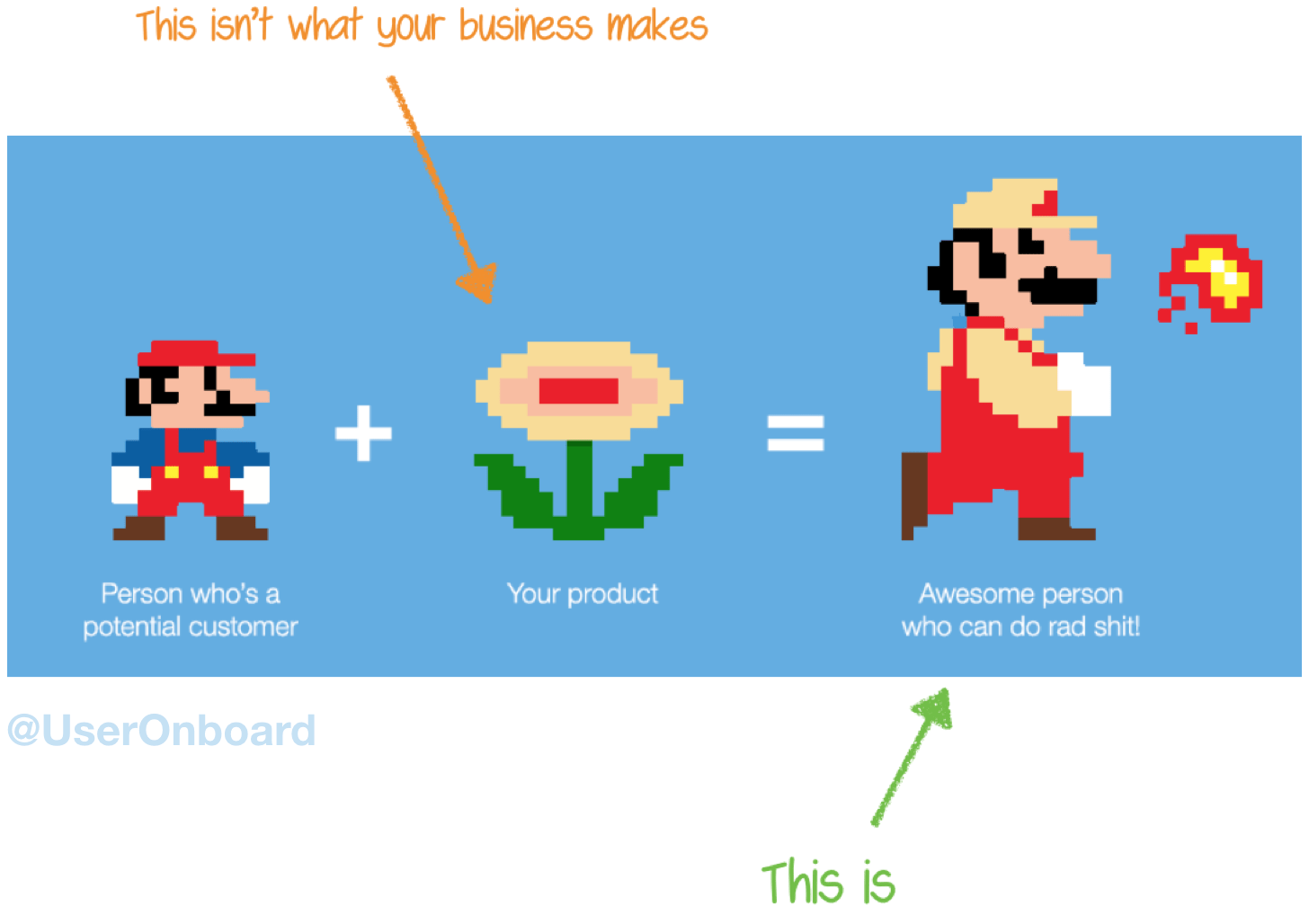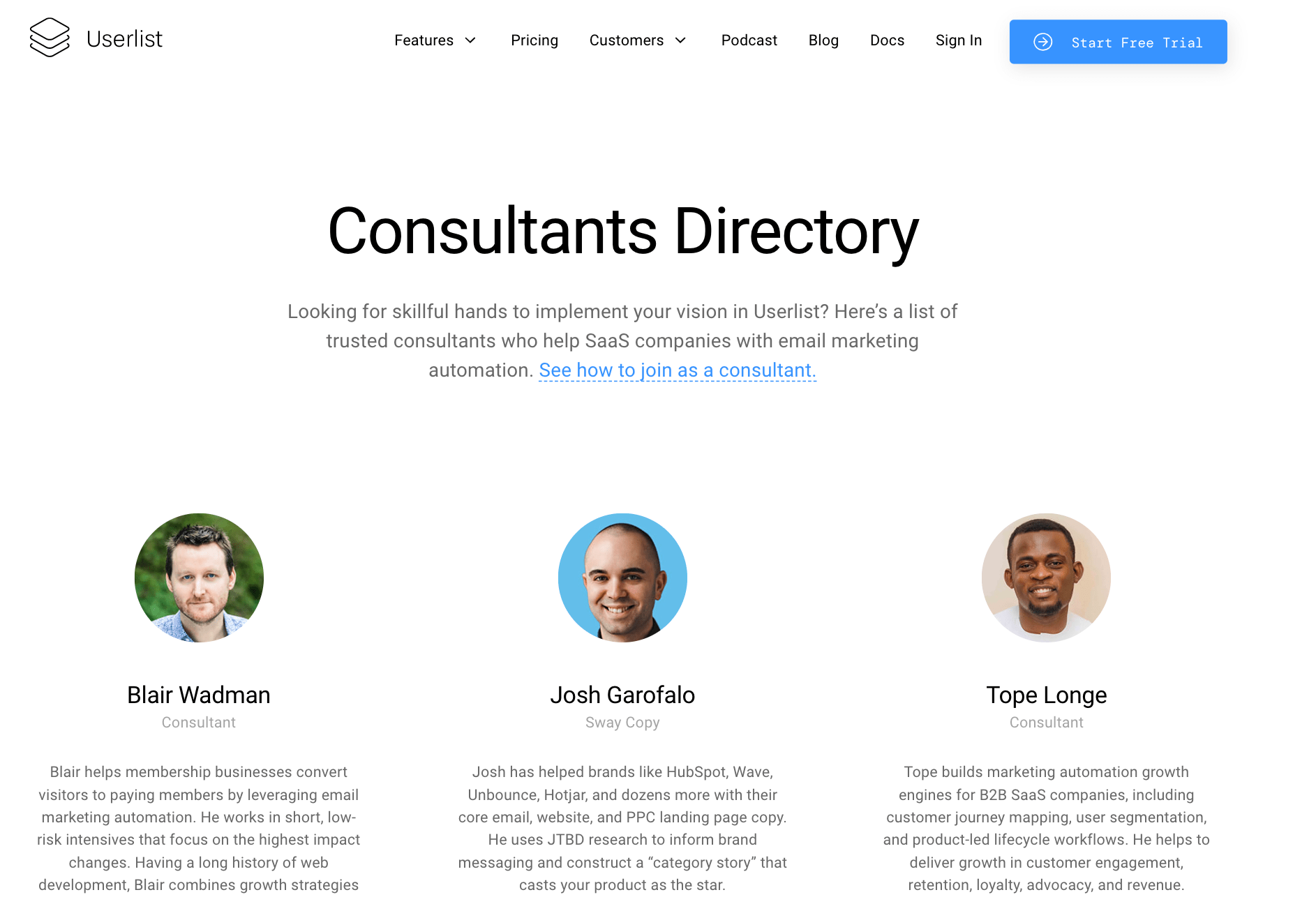How many trial users do you convert on average? Wondering if you could increase the user activation rate further?
We admit it — nothing beats the feeling of seeing people signing up to try your product. Who doesn’t love seeing the number of sign ups going up every day, right?
But this situation is a double-edged sword: you might see a lot of those trial users abandoning your app, too.
And that’s a real kick in the teeth.
The good news? You can do things to increase conversions, and that’s what user activation is all about.
In this guide, we’ll discuss user activation and why it’s so crucial to SaaS businesses. We’ll also talk about identifying your user activation moment and ways to help you get trial users to it faster.
Let’s get right to it.
What is user activation?
User activation is a metric defining a person’s engagement with the product in the simplest terms. It means that this particular user has understood the value they can get from the product and continues to use it actively.
In SaaS, user activation focuses on the trial to paid user conversion. This metric helps you understand how many trial users “get” the value of your product, on average.
Subsequently, it helps you understand how well you communicate that value and whether there are things that you could do to boost the user activation rate further.
Let’s look at a typical user journey, measured by the famous AARRR metric.
You see, any user goes through four steps of becoming a paying customer.
Step 1. Acquisition
The process starts when a person gets exposed to your marketing message. Depending on how you designed your customer journey, this can happen on paid search ads, your website, or on your social media accounts. The person’s seen your content, read your product description, perhaps reviewed its features. They’re intrigued and decide to try out your app.
Step 2. Exposure
Naturally, those people will have a first user experience with the product as the next step. That’s also when you launch an onboarding process to ensure their success with it.
Step 3. The Activation stage
Those people begin exploring the product, and if all goes well, they understand the value it delivers to them. That’s when activation happens, typically. Why? Because at that stage, your new users have realized that your product will help them achieve your goals.
They’re very much like Mario here.

Step 4. Adoption
Finally, those people begin exploring more advanced features and getting further value from what you offer. At this stage, they are beyond ready to start paying you.
Why user activation matters so much for SaaS companies?
Here’s some interesting data: about 44% of SaaS companies offer a free trial. But only 16% of those convert 50% or more of their trials to paid customers.

We’re not suggesting that the rest fails at activating users. But the numbers paint a pretty stark picture.
It gets even dimmer when you consider all that in context.
For companies working on a monthly subscription model, every active subscription is priceless.
Note that we said active.
Here’s why.
First, that’s where your revenue is coming from. Granted, inactive but paying customers do fill in your coffers as well. But:
- These users typically churn pretty fast, and
- They cause serious frustrations and skew your data significantly as well.
On the other hand, active customers promise not only more long-term revenue but also growth opportunities.
You could upsell them to a higher package or their positive word-of-mouth could help attract more users. As long as you’re building relationships with them, you gradually increase growth opportunities.
But there’s another way to look at it: increasing the activation rate could deliver greater revenue without increasing your marketing budget or spending.
You could be attracting the same number of trial users, and yet your MRR would go up.
How? Because increasing the activation rate means that more of those trials will select a plan that’s relevant to them and start paying you.
It all sounds great on paper but how do you know if your users reach the activation stage?
How to identify user activation
Here’s the ugly truth about the activation stage: it’s something that every business has to define for themselves.
There is no single sign or metric that would suggest activation in a business because every product or service is different. User journeys differ too.
But here are some general guidelines that will help you identify that moment for your SaaS.
We’d like to explain these using Ramli John’s three stages of the user onboarding flow:

Note how the typical activation journey goes:
- Users first realize what the product might do for them. This might happen before they’ve even had a chance to experience the product.
- Then, they experience some basic functionality. This usually happens by using the simplest features. At that stage, they have an inclination toward what the product does and how it works. The experience shows users whether the product lives up to their original perception.
- The last stage happens when they’ve used the app enough to see the product’s value at full scale.
To understand when activation happens at your SaaS, you need to define how these three steps happen for your users. Particularly focus on the last element, the action user completes when they have experienced the product enough to see its full value to them.
Among SaaS folk, we refer to this moment as the activation event.
Activation events are actions that suggest that a person has experienced the app at a certain level and has at least some inclination of the value it offers.
Typically, these would be actions that require more engagement with a product beyond just basic usage.
With Userlist, for example, setting up a signup form or a broadcast does not mean that a person understands the app’s value. The situation is different with people who launch even a short onboarding sequence. Those people have used the product beyond just basic playing with it.
The key here is to realize what that moment is because, typically, activation comes right after.
How to calculate the user activation rate?
Calculating the activation rate is simpler than defining the activation process.
To calculate how many activations you have, use the following formula:
The number of activated users divided by the number of total users (or new users who signed up in a given timeframe)
Quick tip: do not calculate the rate for your entire user base only. While it will give you a clear picture of how many trials you activate, it won’t show you any insights at a granular level.
You won’t know how particular customer segments or personas engage with your product or the onboarding process nor would the overall activation rate reveal any problems with converting specific segments to paying customers.
To access such data, calculate user activation for whatever segments or target personas you use as well.
How to improve your user activation rate
Here are some ideas to help you improve whatever activation rate you have.
Because let’s face it, no matter what it is, it could always be better, right?
And luckily, there are quite a lot of things you could do to try and get more people to the activation event.
Here are just some of them:
#1. Improve the user onboarding process
We always say that user onboarding is nothing else but a set of efforts to achieve activation. Your goal is to help a new user to get to that aha! moment as fast as possible, after all.
And there are several elements of user onboarding that can help particularly well with improving activations:
- Product tours can help you introduce specific features and the interface to new customers. However, we recommend using them in moderation as they can also obstruct the user experience.
- If you’re worried that product tours might be too distracting, use behavior-based in-app messages. These are unobtrusive by nature, and their goal is to get the person to the aha moment fast.
- Finally, there’s email automation. It’s the real backbone of every user onboarding strategy. And that’s what you should focus your attention on the most.
#2. Reduce any friction
Often, users don’t activate or even fail to reach the activation event because there are just too many things on the way.
Sure, they experience the product. They see the interface too. But overall, there might be so many things screaming for their attention that they never get to the key features fast enough.
This is what I’ve been talking about above when discussing product tours. They are a fantastic onboarding tool. At the same time, they might confuse a person and deter them from seeing or experiencing what they should do first.
The next step in increasing activations is to remove any potential roadblocks or friction and get users to see the most important features fast.
Tip: Use in-app messages to point users to anything that can reveal the true value of your product first.

#3. Offer proactive customer support
Finally, you can take matters into your own hands and assist customers in getting to the activation event. Here are services you could offer to boost activation:
Strategy calls. These will allow you to identify the user’s problem and suggest the best way to use your product to eliminate it.
Guided onboarding. Instead of relying on a user to reach the aha moment, you can work with them, introduce the product, and ensure that they understand its value to them.

Done-for-you setup. You can take this even further. Instead of assisting customers in setting up the account, you can do everything to get the product ready to use.
Professional services. Connect customers with vetted consultants and professionals offering services that would help.
Sometimes, apart from getting the product ready, users need additional help. Some customers would need help with writing email copy, setting up funnels, conversion optimization, and more.
We can’t provide all those services ourselves. However, we maintain a list of vetted consultants that our customers could work with to increase their success with our product.

And that’s it…
That’s everything you need to know to understand user activation, analyze your activation rate, and start planning on how to improve it further.
Good luck!
Don’t wait for the muse. Apply this step-by-step method to write high-performing email campaigns in hours, not weeks.






